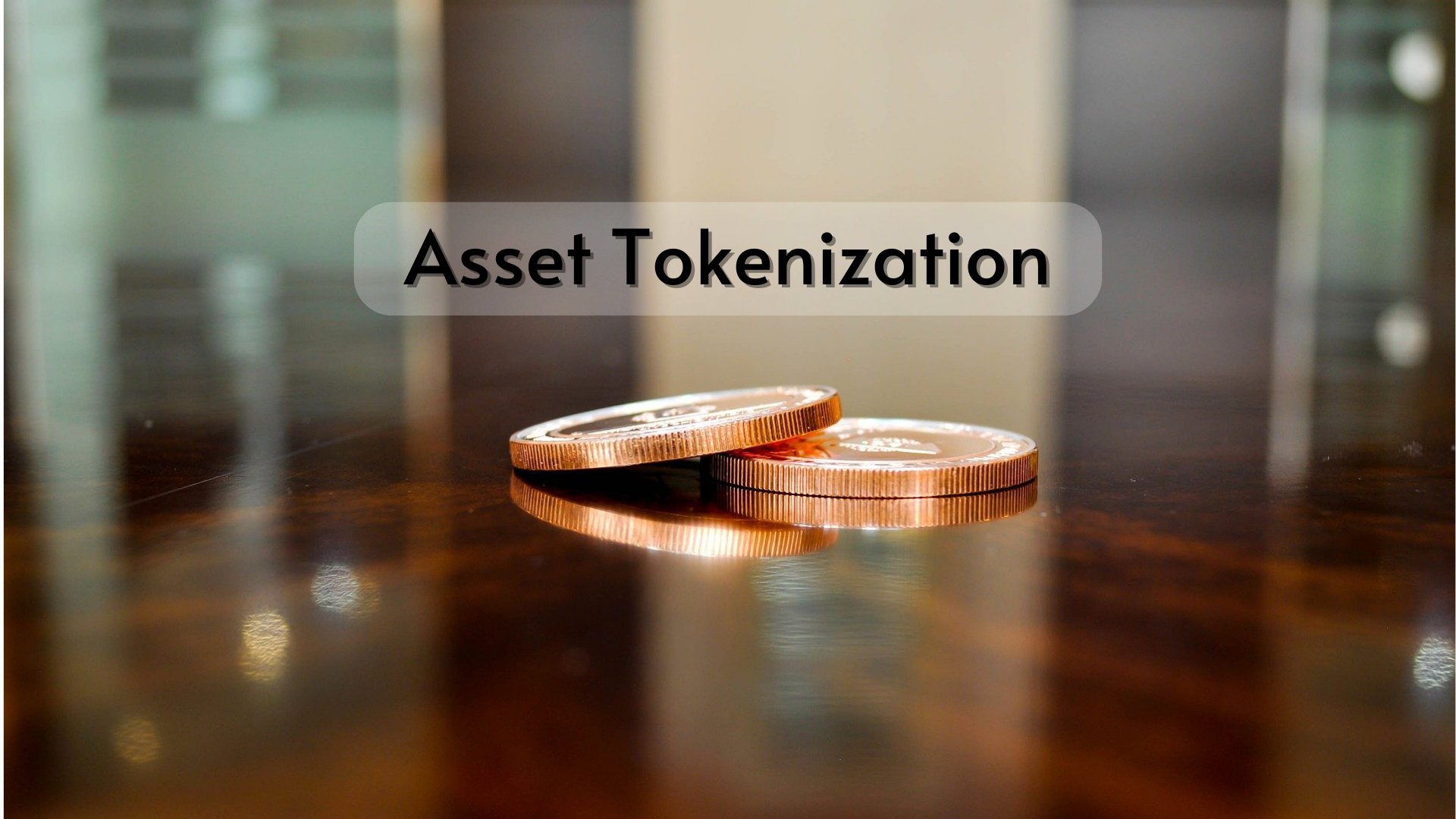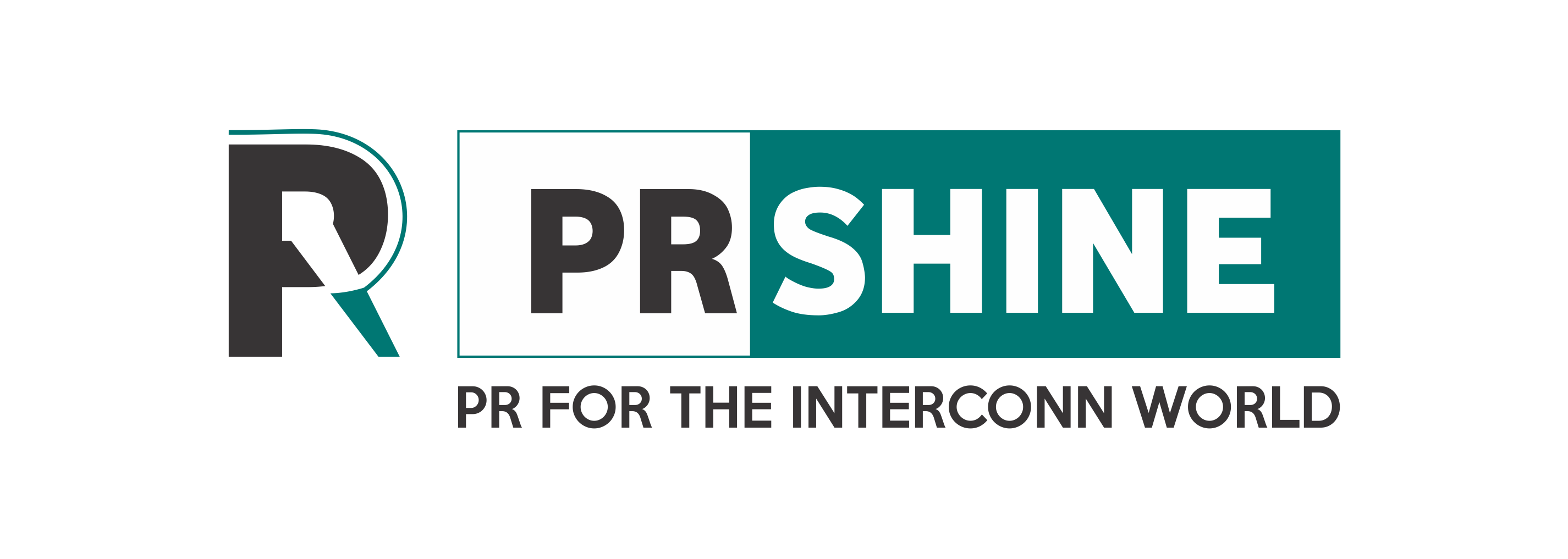Asset Tokenization - Things you need to know about tokenizing your assets
Asset tokenization is digitizing physical and intangible assets by turning them into tokens you can store on a blockchain. Since assets are frequently divided into smaller components that create numerous tokens, one asset does not always equal one.

Blockchain's emergence allowed cryptocurrencies to exist, but its potential has extended further. It has disrupted many industries in recent times, and this trend doesn't appear to be slowing down. Tokenizing real-world assets is now possible due to this technology, allowing their owners to present these assets in digital form.
But what drives the tokenization of assets, and can practically anything be tokenized? With the help of this article, you can comprehend the fundamentals of this phenomenon and learn the benefits of asset-backed token development.
Let's explore and discover how it is already used in finance, real estate, precious metals, art, sports, entertainment, and ecology.
What is asset tokenization?
Asset tokenization is digitizing physical and intangible assets by turning them into tokens you can store on a blockchain. Since assets are frequently divided into smaller components that create numerous tokens, one asset does not always equal one.
Once assets are tokenized and transferred into the digital realm, it is possible to store, trade, and transfer ownership of the assets in part or full.
People who have heard of asset tokenization will be familiar with STO. However, security token offerings do have much to do with tokenization and blockchain technology.
But these three ideas have direct relationships with one another. Blockchain is the foundation of everything because it makes it possible to create and store tokens. The next step for an asset owner is to select a unique STO platform that enables them to digitize their assets and convert them into the required number of tokens. Once that is done, they can start their own STO campaign. At this point, anyone worldwide can purchase those tokens and invest in the asset holder's company.
Moreover, the market for asset tokenization is expanding along with its popularity. Asset owners, startups, and investors have been learning about opportunities in tokenization recently. According to an estimate, the market for tokenized assets will be worth €1.4 trillion in 2024, just in Europe.
Asset tokenization is unquestionably on track to become the newest global trend. It could potentially be a new transformative force in the 2020s, much like Bitcoin, which altered the financial landscape in the 2010s and made cryptocurrencies the new standard.
Asset tokenization has the benefits that make them the most-wanted domain in the future. It has unique abilities to transform anyone into a member of this digital domain.
Exclusive benefits of asset tokenization
- Greater accessibility and liquidity of assets
- Transparency
- Immutability
- Fractional ownership
- Cost savings
With these benefits, the perspective has been altered and that is how they have cemented their spot in the future.
How to do asset tokenization?
Step 1. Choosing an asset
Choosing what you will tokenize is the first thing you must do. Selecting an asset with a sizable market is preferable because you will be aware of the price range and be able to set token prices appropriately. You should ask an accounting or auditing firm to provide a valuation if your asset is not widely used or if doing so would be challenging.
Step 2. Developing a business model and strategy
Your future business model must also be clear to you. It would help to consider the potential revenue streams, financing options, and the clientele it would serve after creating it.
Step 3. Creating the platform
This phase focuses on how your concept is translated into a system that will align with your business plan. Here, you can either build the platform yourself or hire a team of experienced blockchain developers to do it for you.
Step 4. Learning about regulations in your jurisdiction
This step can be challenging because it calls for a thorough understanding of and strict adherence to laws related to digital assets and blockchain technology. Getting in touch with a qualified legal counsel and requesting a formal consultation is best.
Step 5. Publishing the whitepaper
The next step is to write and publish the whitepaper in which you briefly explain the rationale behind creating your tokens and the advantages potential buyers can derive from buying them. Include a review of your work and any conclusions you made while planning your project.
Step 6. Attracting investors
You can start working on luring potential investors after publishing the whitepaper and testing your new platform. Your marketing skills will be useful in this situation.
Step 7. Finishing work on the platform
Investor funding will allow you to develop your platform further and get it ready for use in production.
Now that you have a complete platform, you can exchange physical assets for tokens. Don't stop there, though. No matter how perfect you think the platform is, there is always room for improvement.
Conclusion
To make this happen uniquely, you need the assistance of an asset-backed tokenization service from the most reliable crew. Asset tokenization can become the most integral part of your life, turning real-life assets into tokens for which you can easily receive ownership.












